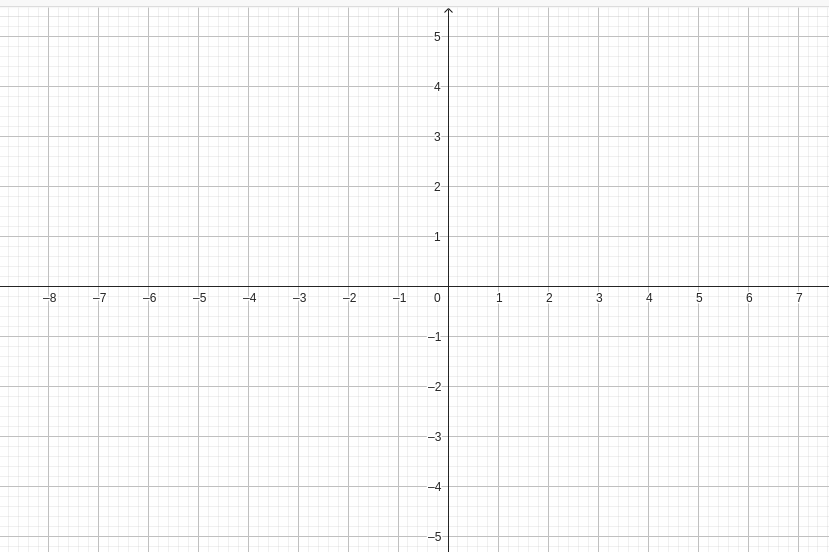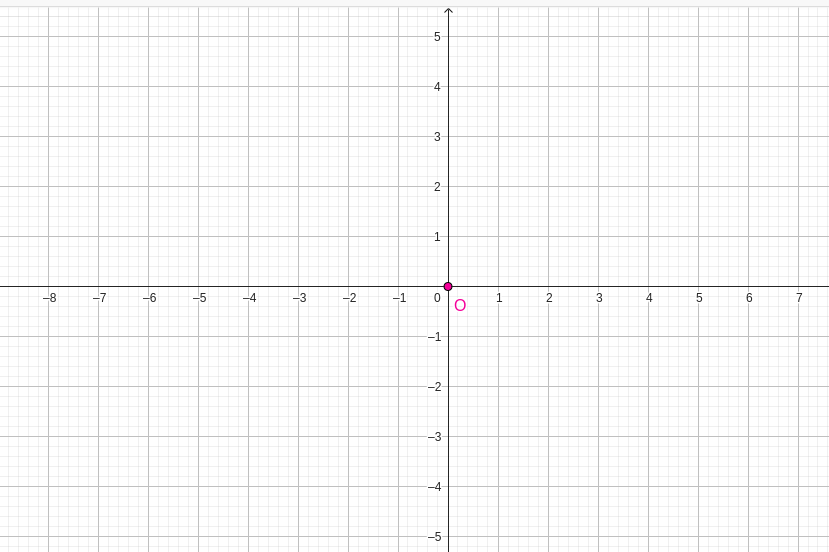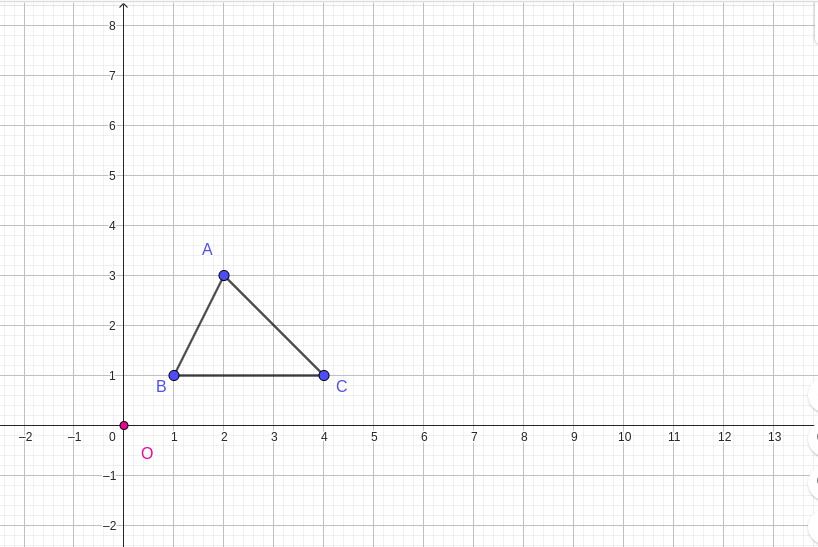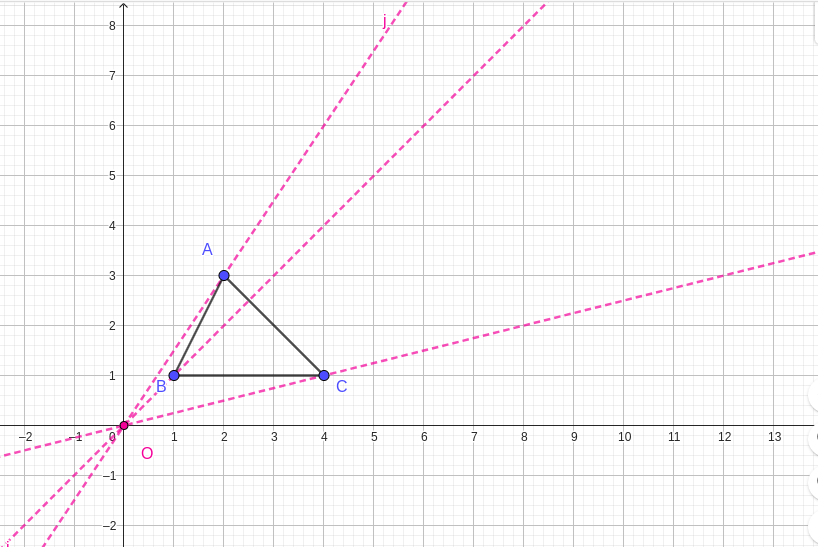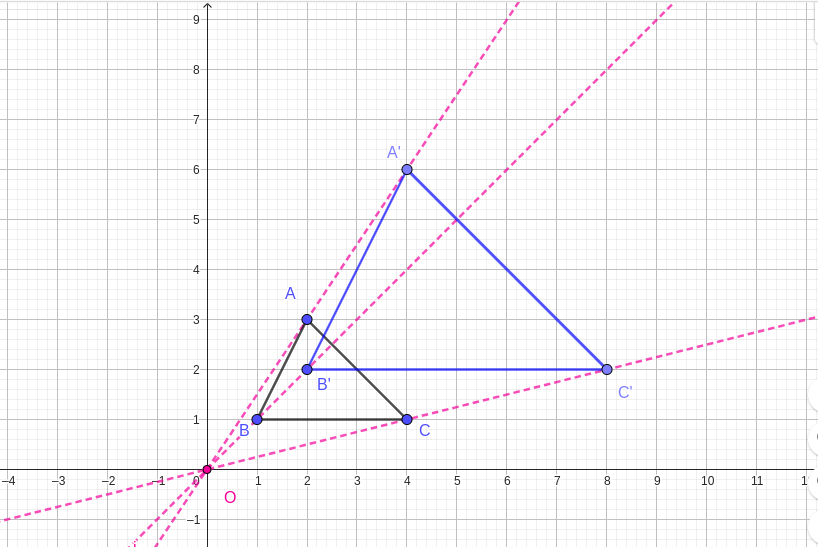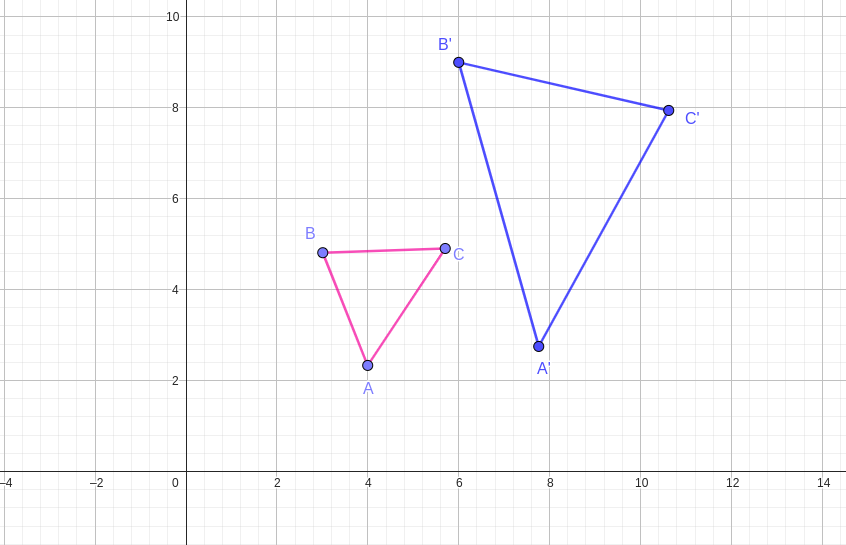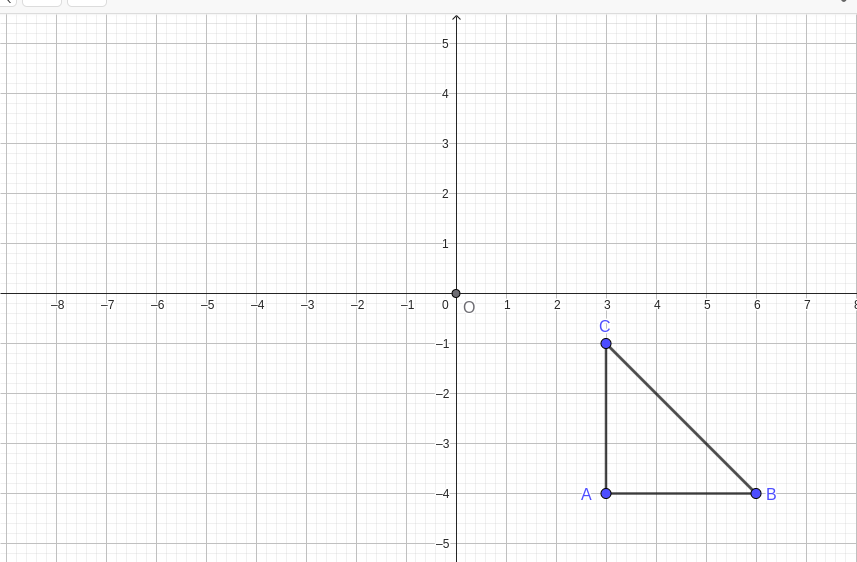Activity 2.1.1.
Work in pairs
(a)
Draw triangle \(ABC\) with the following side lengths as shown in the figure below:
(b)
Label the angles in triangle \(ABC\) as follows:
(c)
Draw triangle \(PQR\) with the following side lengths as shown in the figure below:
(d)
Label the angles in triangle \(PQR\) as follows:
(e)
Find the ratio of corresponding sides:
(f)
What do you notice about the ratios of corresponding sides above?
(g)
What do you observe between \(\angle ABC \) and \(\angle PQR \text{,}\) \(\angle BCA \) and \(\angle QRP \) ,\(\angle BAC \) and \(\angle QPR \)
(h)
What do you observe about the two triangles based on their corresponding sides and angles?
(i)
(j)
Discuss your findings and share your conclusions with the class.
